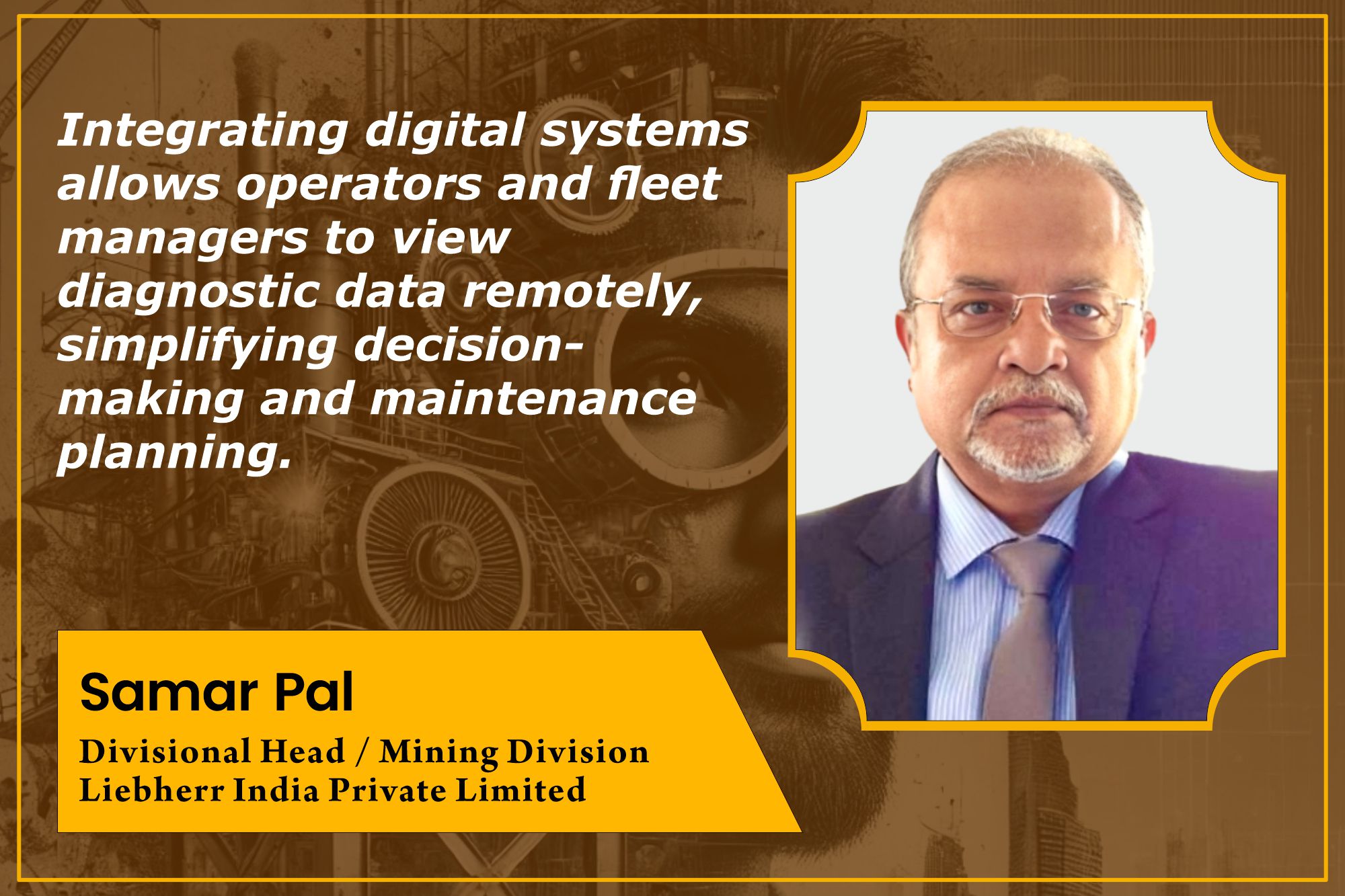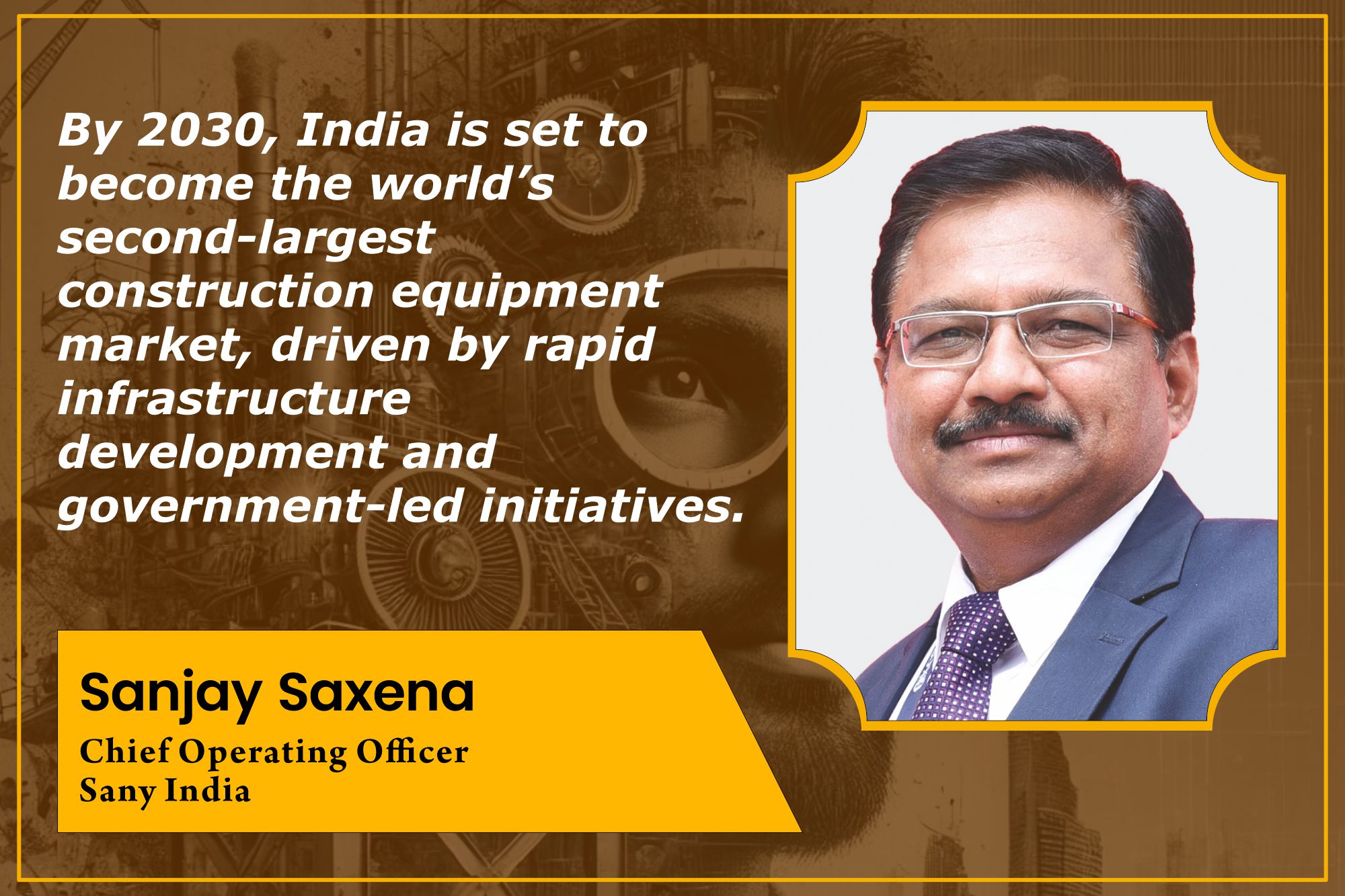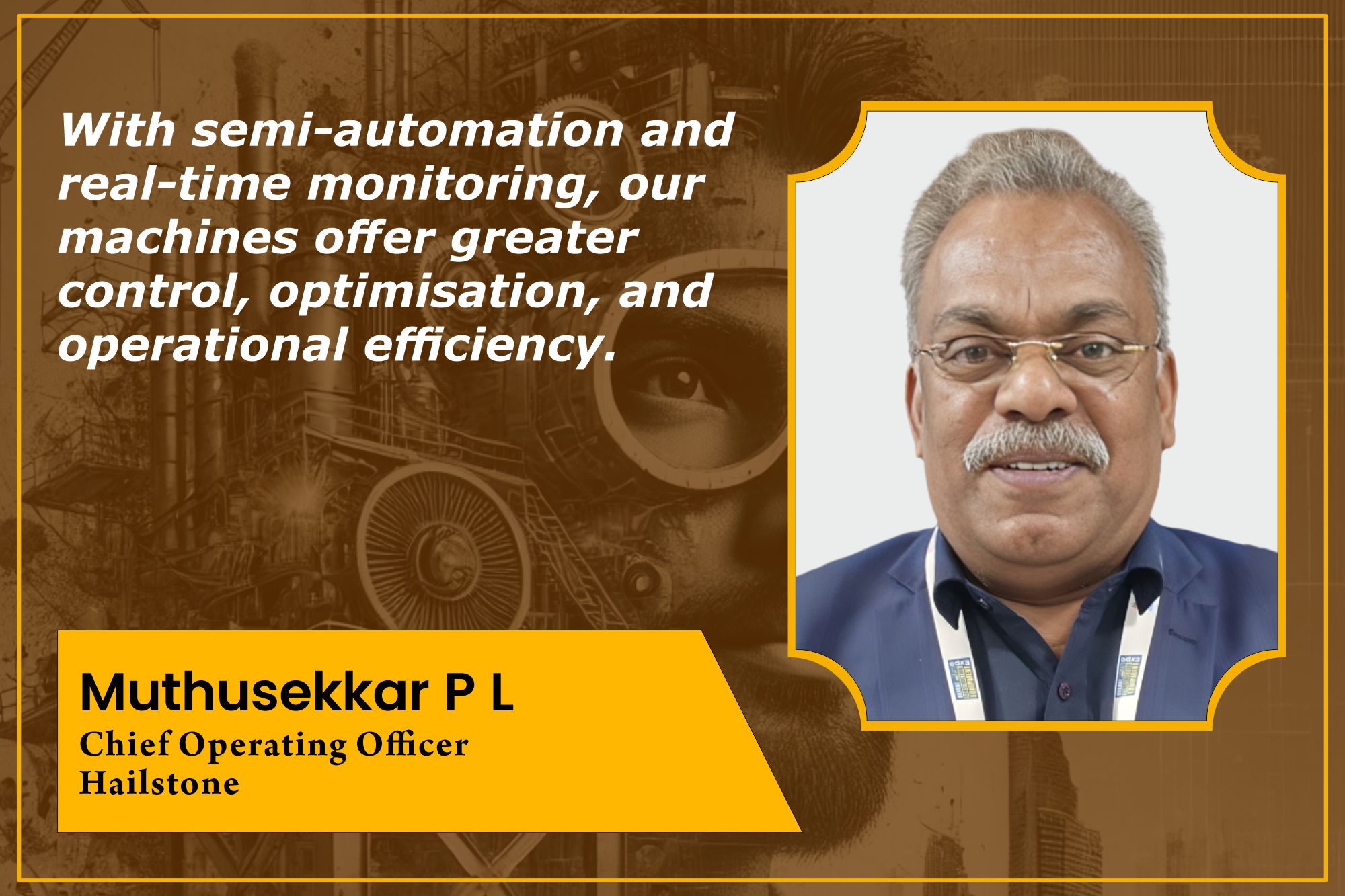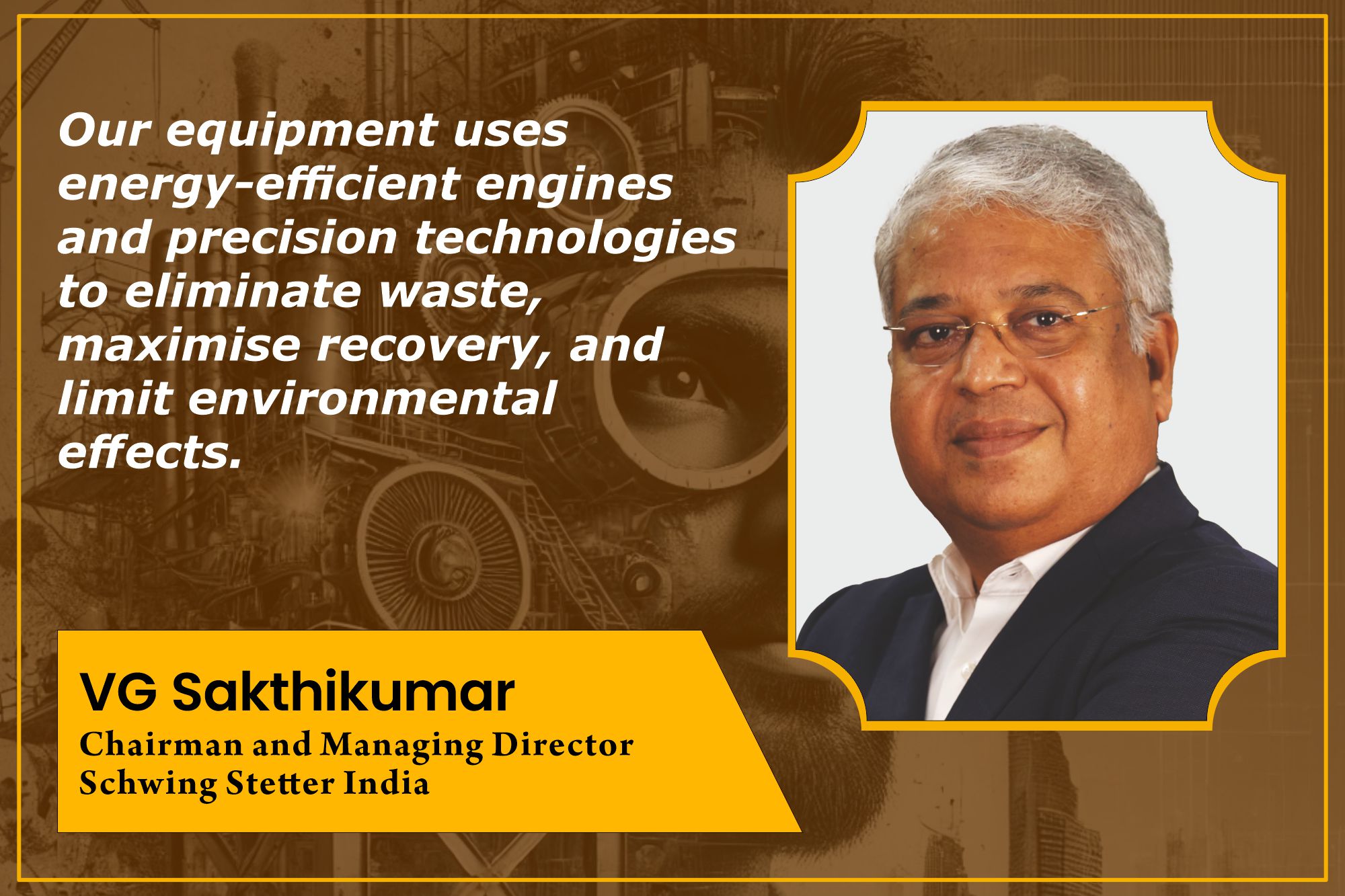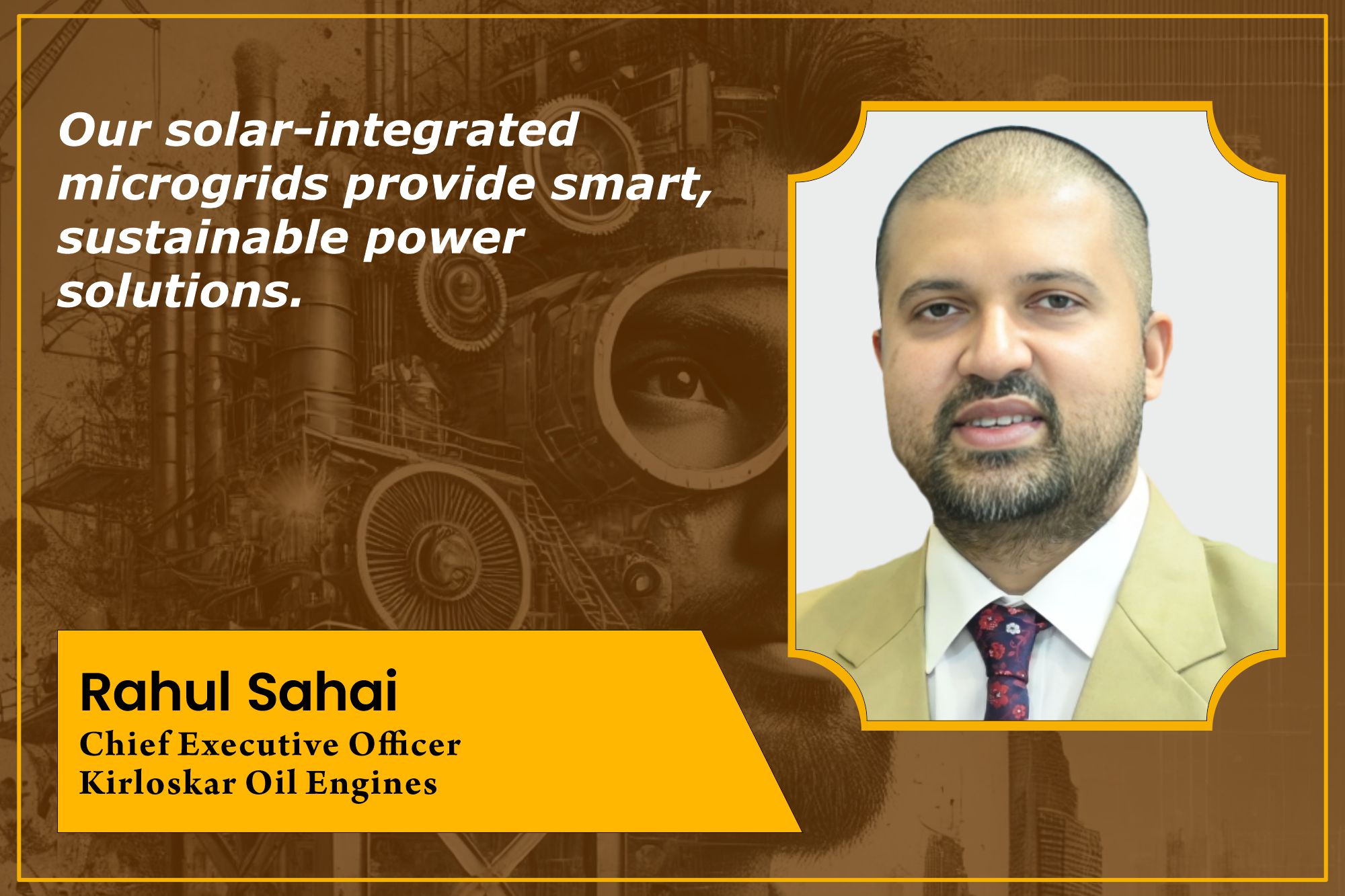Electric excavators to reduce costs and cut emissions
By Staff Report | February 11, 2025 7:14 pm SHARE
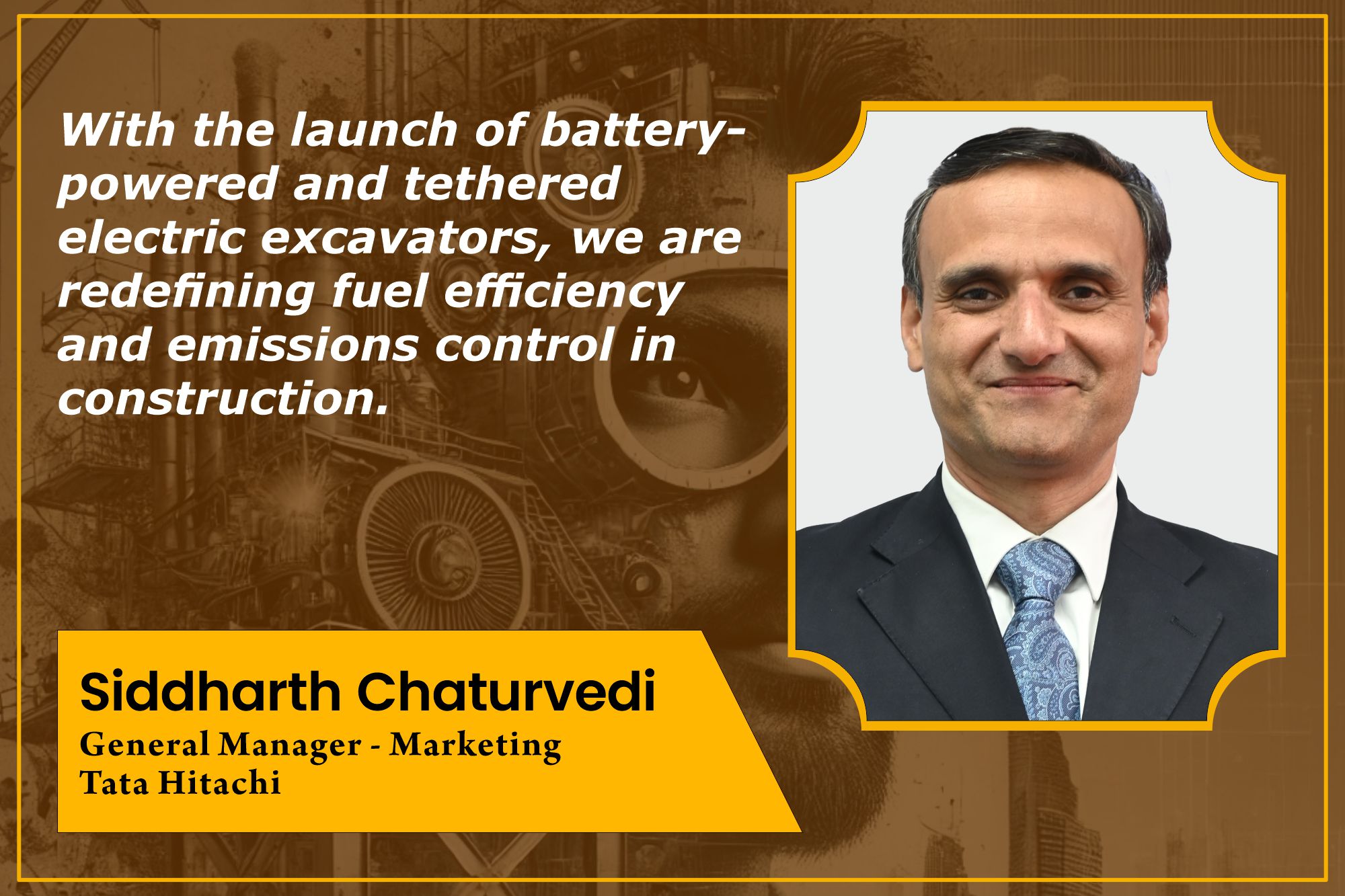
Fuel efficiency and emissions control are no longer optional in the construction industry; they’re essential. Tata Hitachi is responding with innovative electric excavators, ensuring customers benefit from lower costs and reduced environmental footprints.
Can you walk us through the types of equipment showcased at Bharat Construction Equipment Expo?
We recently launched several pieces of equipment designed with performance and sustainability. Our offerings comply with the Bharat Stage 5 (BS5) emission norms, which took effect in December 2023. This marks a significant milestone for the Indian construction equipment market as it transitions to cleaner, more efficient machinery. These products, such as our backhoe and wheel loaders, are built to meet the rigorous demands of diverse construction applications while adhering to the latest emission standards. These machines are engineered to operate at high performance while reducing environmental impact.
We are committed to continuously improving fuel efficiency. We are focused on reducing the number of fuel and lubricant changes required over the machine’s lifespan, which benefits our customers in terms of cost and environmental sustainability.
How are you integrating sustainability into your operations beyond just the machinery?
Sustainability is embedded in every aspect of our operations. We have made significant strides in our factories, where 80% of power is sourced from solar energy. We also have on-site sewage treatment plants to minimise waste and reuse water. We developed small forests at our factory sites to sequester carbon. Our dedication to greener manufacturing processes goes hand-in-hand with the push for eco-friendly machinery. This holistic approach ensures that sustainability is not just about our products but also how we operate.
In light of the growing emphasis on fuel efficiency and emissions control, how is your company advancing in this space?
Fuel efficiency and emission control are not just regulatory requirements; they are integral to how we approach product development. With the launch of battery-powered electric excavators in 2023 and the introduction of tethered electric excavators in 2024, we are making significant strides in electric mobility for the construction sector. These electric excavators offer an alternative to traditional fuel-powered machines, offering customers lower operational costs and a smaller environmental footprint.
Beyond these products, we constantly look for ways to reduce fuel consumption across all our machines. Fuel efficiency translates directly to cost savings for our customers, which is why we continue to innovate with advanced technologies that improve machine performance while reducing emissions.
How do Indian customers perceive value when it comes to construction equipment? Are they more price-sensitive or value-sensitive?
Indian customers are incredibly value-conscious rather than purely price-sensitive. They are very mindful of whether the equipment they purchase provides long-term benefits in terms of performance, maintenance costs, and overall productivity. While price is important, customers are willing to invest in higher-quality equipment if they perceive a clear value proposition. This includes better fuel efficiency, lower maintenance costs, and longer product lifecycles. As a manufacturer, we must understand these nuances and ensure that our products meet the specific needs of the Indian market.
How do you adjust your product offerings to cater to international markets, and what differences do you observe compared to the Indian market?
While the fundamental principles of equipment design remain consistent — focusing on durability, efficiency, and performance — regional requirements vary. In the Indian market, most backhoe loaders are sold without air conditioning, which is gradually changing. In contrast, air conditioning is a non-negotiable feature in the Middle East due to the extreme heat. At the same time, in Northern Europe, air conditioning and heating systems are required for cold weather operations.
These differences in climate and operational conditions mean that we must adapt our machines to suit the specific requirements of each region. Regulatory standards also play a key role in shaping our product designs, such as the need to comply with stringent safety, ergonomic, and emission standards in different parts of the world.
What role do equipment leasing and specialised services play in the future of the construction equipment industry?
The trend toward equipment leasing and value-added services is rapidly gaining momentum, especially in projects with short durations or uncertain timelines. Companies are increasingly opting for rental equipment rather than investing in capital-heavy purchases. This is where equipment refurbishing and remanufacturing come into play. We offer refurbished and re-manufactured components as part of our rental fleet, providing customers with cost-effective solutions that don’t compromise quality or performance. This trend is particularly prevalent in India, where project durations vary, and many contractors are looking for flexibility in equipment procurement.
In addition to leasing, we are seeing greater demand for specialised services, such as maintenance packages and workforce management solutions. As infrastructure development grows, the need for skilled labour will also increase. Contractors will require more professional approaches to workforce management, emphasising quality and training. This will likely lead to the rise of training programs and partnerships to equip workers with the skills needed to operate advanced machinery.
With the Union Budget approaching, what are your expectations for the construction and infrastructure industry, particularly regarding support for equipment manufacturers?
The Indian government has made significant strides in promoting infrastructure development, and we expect this to continue with increased allocations for roads, highways, railways, and irrigation projects. We want to see more emphasis on the actual implementation of these projects, ensuring that contracts are awarded promptly and that projects are completed on time.
Additionally, the government must create a level playing field for manufacturers who have made significant investments in India. We have witnessed instances of predatory pricing practices by some global manufacturers who dump low-cost equipment in the Indian market, undermining the efforts of local manufacturers. This concern needs to be addressed through better regulatory controls.
We also welcome discussing the Production Linked Incentive (PLI) scheme for the construction equipment industry. If such an incentive structure is implemented, it could drive growth in the sector and foster an environment conducive to export-led growth. This would benefit manufacturers and boost India’s position in the global construction equipment market.
For more information, visit: www.tatahitachi.co.in
Cookie Consent
We use cookies to personalize your experience. By continuing to visit this website you agree to our Terms & Conditions, Privacy Policy and Cookie Policy.




